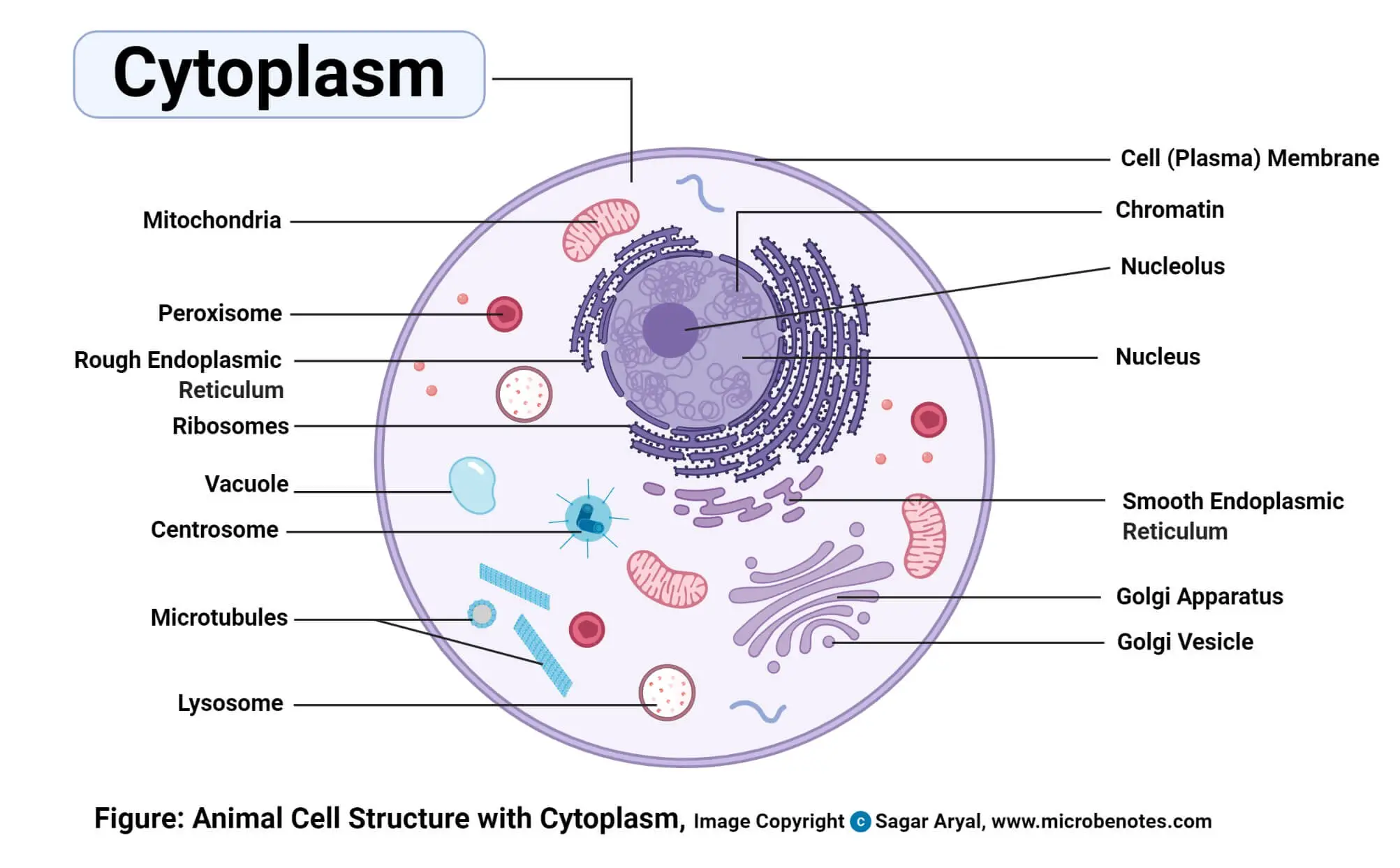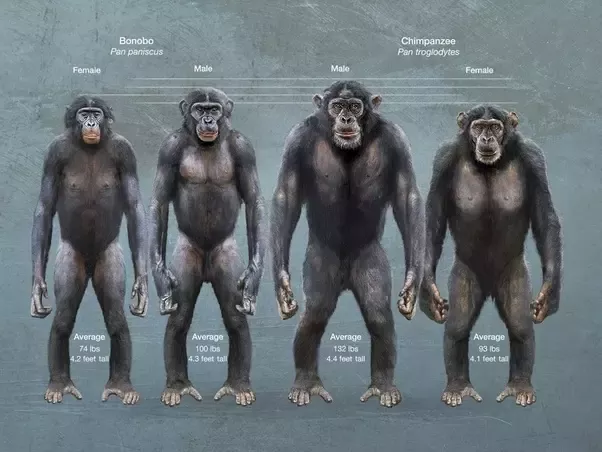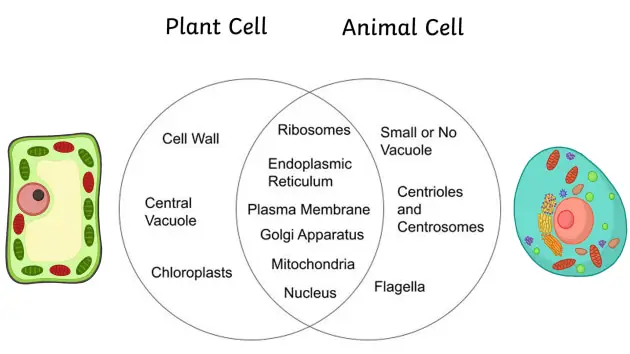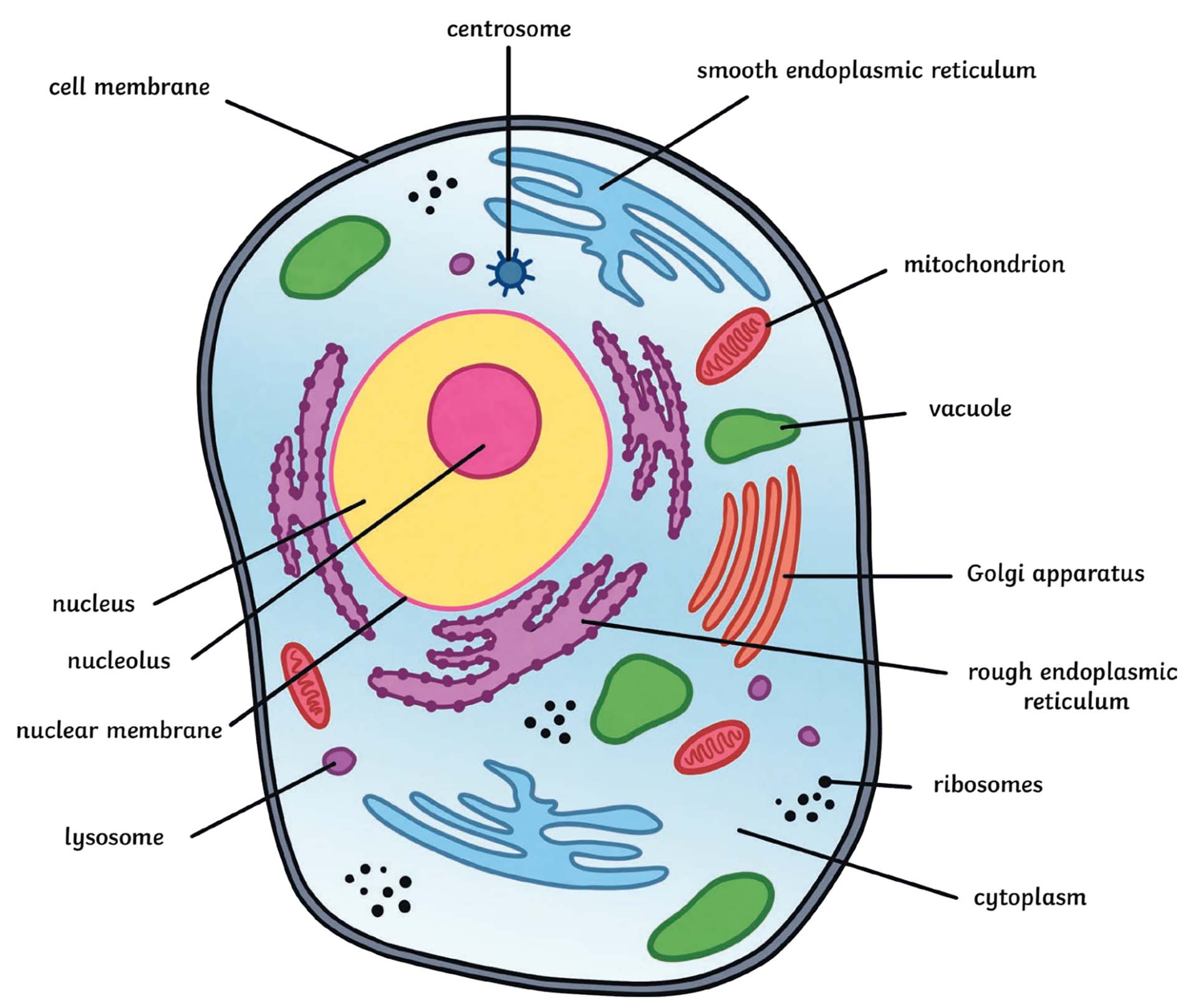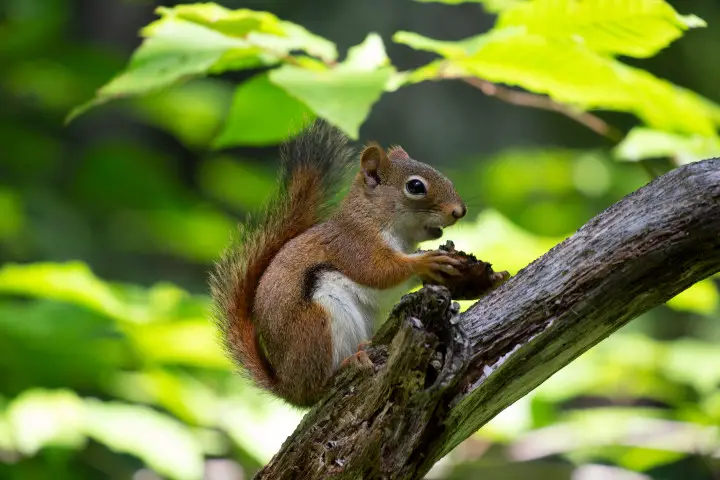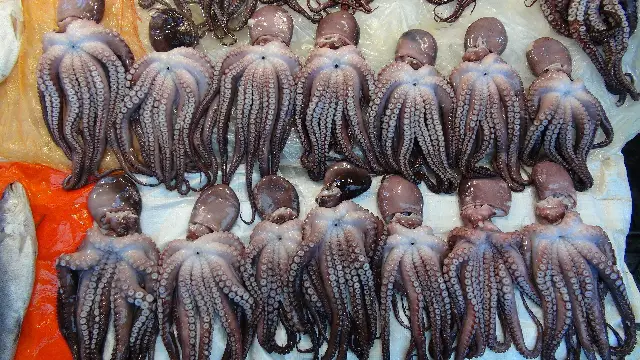My Dog Ate 20 Cherry Pits – What Should I Do Now?
I. Introduction Many dog owners treasure sharing sweet moments with their furry friends, which sometimes includes sharing food from the table. Even then, it’s crucial to remember not all human foods are safe for dogs. For instance, while the flesh of cherries can be a sweet treat for dogs, the cherry pits pose a significant …

